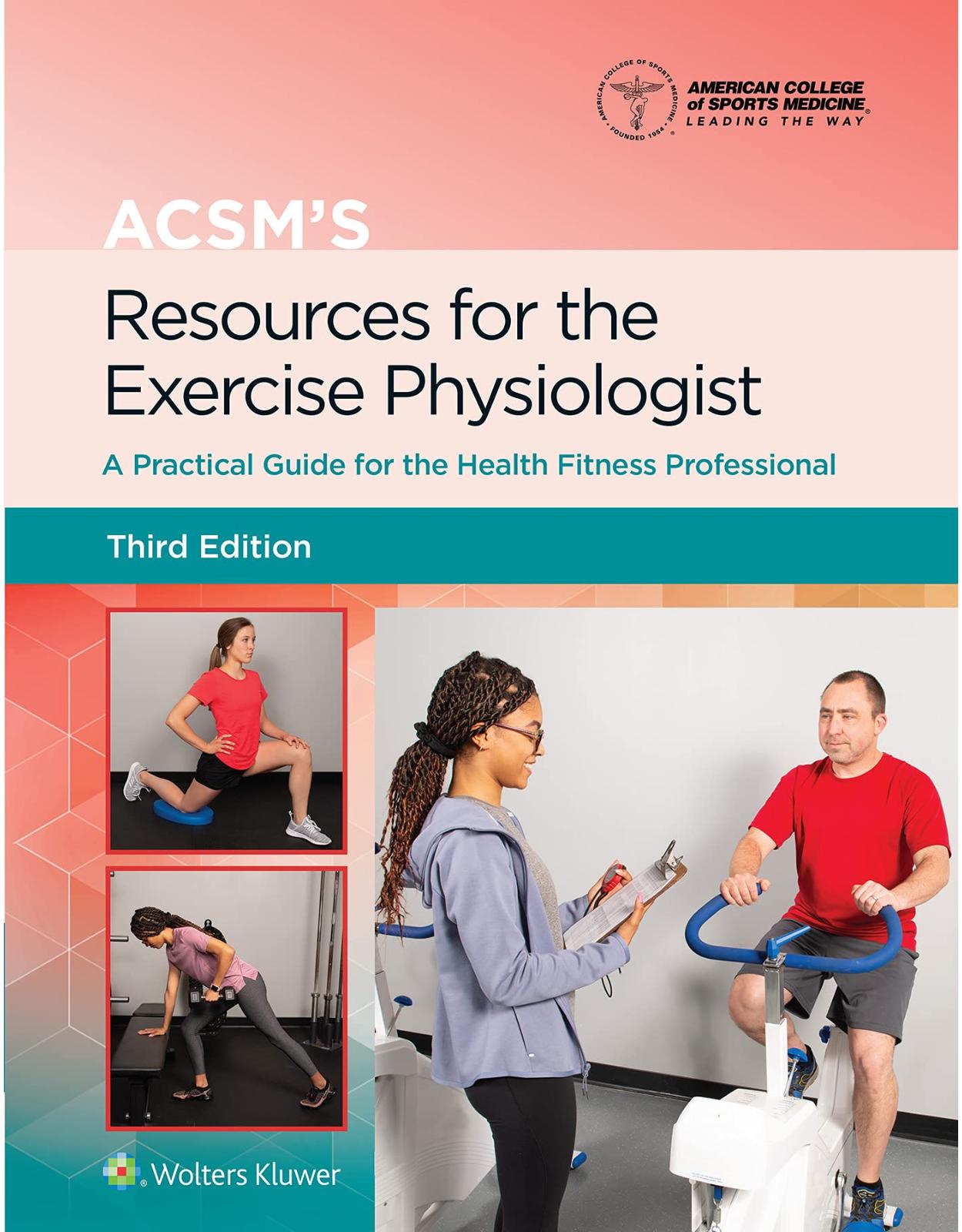
ACSM’s Resources for the Exercise Physiologist 3e Lippincott Connect Print Book and Digital Access Card Package
Livrare gratis la comenzi peste 500 RON. Pentru celelalte comenzi livrarea este 20 RON.
Disponibilitate: La comanda in aproximativ 4 saptamani
Editura: LWW
Limba: Engleza
Nr. pagini: 550
Coperta: Mixed media product- Paperback
Dimensiuni:
An aparitie: OCTOBER 2023
Description:
An essential preparation book for the ACSM Certified Exercise Physiologist examination, ACSM’s Resources for the Exercise Physiologist, 3rd Edition, is an essential volume for certification candidates and practicing Exercise Physiologists looking to boost their exam confidence and achieve success in practice. This updated edition is fully aligned with the eleventh edition of ACSM’s Guidelines for Exercise Testing and Prescription and reflects the most current standards and practices in exercise physiology. Published by the American College of Sports Medicine, this practical resource is organized around the scope of ACSM-EP practice domains. A clear introduction to understanding exercise, physical activity, and pre-exercise screening opens the book, followed by thorough coverage of assessment and programming for healthy populations, assessment and programming for special populations, counseling and behavioral strategies for encouraging exercises, and legal, management and professional issues relevant to practice.
Table of Contents:
PART I: Overview
1 Understanding Physical Activity and Exercise
Defining Physical Activity, Exercise, and Physical Fitness
Historic Trends in Physical Activity
Ancient Times and the Rise of Exercise Physiology
T.K. Cureton and the Physical Fitness Movement
Historical Evolution of Physical Activity Epidemiology
Development of Physical Activity Guidelines and Recommendations
Relationship between Physical Activity/Exercise and Health across the Lifespan
Physical Activity and Health in Children and Adolescents
Physical Activity and Health in Adults
Physical Activity and Health in Older Adults
Physical Activity and Health in Women during Pregnancy and during the Postpartum Period
Physical Activity and Health in Adults with Chronic Conditions and Adults with Disabilities
General Risks Associated with Physical Activity/Exercise
Risks of Sudden Cardiac Death
The Risk of Cardiac Events during Exercise Testing
Musculoskeletal Injury Associated with Exercise
2 Preparticipation Physical Activity Screening Guidelines
Importance of Preparticipation Physical Activity Screening
History of Preparticipation Physical Activity Screening
Levels of Screening
Self-Guided Screening
• PHYSICAL ACTIVITY READINESS QUESTIONNAIRE FOR EVERYONE
• EPARMED-X+PHYSICIAN CLEARANCE FOLLOW-UP QUESTIONNAIRE
Professionally Supervised Screening
• INFORMED CONSENT
• HEALTH HISTORY QUESTIONNAIRE
• MEDICAL EXAMINATION/CLEARANCE
• PREPARTICIPATION PHYSICAL ACTIVITY SCREENING PROCESS
Physical Activity (or Exercise) History
Known Cardiovascular, Metabolic, and/or Renal Disease
ACSM Major Signs or Symptoms Suggestive of Cardiovascular Disease
When Should You Seek Medical Clearance?
American Association of Cardiovascular and Pulmonary Rehabilitation Risk Stratification
Challenges of ACSM Preparticipation Physical Activity Screening
Recommendations versus Requirements
Contraindications to Exercise Testing
What Does Contraindication Really Mean?
Absolute versus Relative
Repurposing Risk Factor Assessment and Management
ACSM Atherosclerotic Cardiovascular Disease Risk Factor Assessment and Defining Criteria
PART II: Assessments and Exercise Programming for Apparently Healthy Participants
3 Cardiorespiratory Fitness Assessments and Exercise Programming for Apparently Healthy Participants
Basic Anatomy and Physiology of the Cardiovascular and Pulmonary Systems as They Relate to Cardiorespiratory Fitness
Goal of the Cardiovascular and Respiratory Systems
Anatomy and Physiology of the Cardiovascular and Respiratory Systems
Adenosine Triphosphate Production
Overview of Cardiorespiratory Responses to Acute Graded Exercise of Conditioned and Unconditioned Participants
Oxygen Uptake Kinetics during Submaximal Single-Intensity Exercise
Oxygen Uptake Kinetics during Graded Intensity Exercise
Arteriovenous Oxygen Difference Response to Graded Intensity Exercise
Heart Rate, Stroke Volume, and Cardiac Output Responses to Graded Intensity Exercise
Pulmonary Ventilation Response to Graded Intensity Exercise
Blood Pressure Response to Graded Intensity Exercise
Measuring Blood Pressure and Heart Rate before, during, and after Graded Exercise
Blood Pressure and Heart Rate Assessment
Rate Pressure Product
Selecting Appropriate Cardiorespiratory Fitness Assessments for Healthy Populations
Cardiorespiratory Fitness Assessments Benefits
Types of Cardiorespiratory Fitness Assessments
Selecting the Appropriate Cardiorespiratory Fitness Assessment
Interpreting Results of Cardiorespiratory Fitness Assessments, Including Determination of V˙O2 and V˙O2max
Metabolic Calculations as They Relate to Cardiorespiratory Exercise Programming
Energy Units and Conversion Factors
ACSM Metabolic Formula
• EXAMPLES
FITT Framework for the Development of Cardiorespiratory Fitness in Apparently Healthy People
Frequency
Intensity
Time
Type
Additional Variables
Volume
Progression
• PROGRESSIVE OVERLOAD
• REVERSIBILITY
• INDIVIDUAL DIFFERENCES
• SPECIFICITY OF TRAINING
Safe and Effective Exercises Designed to Enhance Cardiorespiratory Fitness
Interval Training
Determining Exercise Intensity
Heart Rate Reserve Method
Peak Heart Rate Method
Peak V˙O2 Method
Peak Metabolic Equivalent Method
V˙O2 Reserve Method
Talk Test Method
Perceived Exertion Method
Abnormal Responses to Exercise
Contraindications to Cardiovascular Training Exercises
Effect of Common Medications on Cardiorespiratory Exercise
Signs and Symptoms of Common Musculoskeletal Injuries Associated with Cardiorespiratory Exercise
Effects of Heat, Cold, or High Altitude on the Physiological Response to Exercise
Heat Stress
Cold Stress
Altitude
Acclimatization When Exercising in a Hot, Cold, or High-Altitude Environment
4 Muscular Strength and Muscular Endurance Assessments and Exercise Programming for Apparently Healthy Participants
Basic Structure and Function
Muscle Fiber Types and Recruitment
Types of Muscle Action
Assessment Protocols
Assessing Muscular Strength
Assessing Muscular Endurance
Fundamental Principles of Resistance Training
Principle of Progression
Principle of Regularity
Principle of Overload
Principle of Creativity
Principle of Enjoyment
Principle of Specificity
Principle of Supervision
Program Design Considerations
Types of Resistance Training
• DYNAMIC CONSTANT EXTERNAL RESISTANCE TRAINING
• ISOKINETICS
• PLYOMETRIC TRAINING
Modes of Resistance Training
Safety Concerns
Resistance Training Program Variables
Type of Exercise
Order of Exercise
Training Intensity
Training Volume
Rest Intervals between Sets
Repetition Velocity
Training Frequency
Periodization
General Recommendations
5 Flexibility Assessments and Exercise Programming for Apparently Healthy Participants
Basic Principles of Flexibility
Factors Affecting Flexibility
Modes of Flexibility Training
Static Flexibility
Ballistic Flexibility
Proprioceptive Neuromuscular Facilitation
Dynamic Flexibility
Muscle and Tendon Proprioceptors
Flexibility Assessment Protocols
Goniometers and Inclinometers
Flexibility Program Design
Overall Range of Motion Recommendations
6 Functional Movement Assessments and Exercise Programming for Apparently Healthy Participants
Sensorimotor Control
Motor Learning
Proprioception
Stability and Mobility
Mediators of the Proprioception, Mobility, and Stability
Overweight and Obesity and Physical Inactivity
Propensity for Inhibition of Stabilizing Muscles
Previous Injury and Pain
Everyday Posture and Limited Variety of Movement
Joint Structure
Age
What Is Neutral Position and Why Is It so Important?
Assessment and Prescription
Establishing a Movement Baseline
• ASSESSMENT OF STATIC NEUTRAL POSTURE
Plumb Line Assessment
Wall Test
Progressive Approach to Developing Postural Awareness
• INTEGRATIVE ASSESSMENTS AND CORRECTIONS
Wall Plank-and-Roll
Teaching How to Brace
Diaphragmatic Breathing Assessment and Corrective Methods
Rolling Patterns: Assessment and Correction
• ADDRESSING ALIGNMENT ISSUES
Instability Training
Self-Myofascial Release and Stretching
Lifestyle Recommendations
7 Body Composition and Weight Management
Anthropometric Measurements
Height and Weight
Body Mass Index
• CIRCUMFERENCE MEASURES
Measuring Body Composition
• SKINFOLD MEASUREMENTS
• BIOELECTRICAL IMPEDANCE
• LABORATORY METHODS FOR MEASURING BODY COMPOSITION
Weight Management
Energy Balance
Preventing Weight Gain
Treatment of Obesity
FITT Recommendations
Training Considerations
Weight Loss Goals
Metabolic Equations
Weight Management Myths
• MYTH 1: FAT TURNS INTO MUSCLE
• MYTH 2: SPOT REDUCING WORKS
• MYTH 3: GAINING WEIGHT AT THE START OF AN EXERCISE PROGRAM IS FROM INCREASED MUSCLE
Treatment of Obesity through Nutrition
Treatment of Obesity through Other Methods
Behavioral Strategies
Weight Loss Supplements
Dieting
Medications
PART III: Exercise Programming for Special Populations
8 Exercise for Individuals with Controlled Cardiovascular, Metabolic, Pulmonary, and Chronic Kidney Disease
Pathophysiology
Cardiovascular Disease
• CORONARY HEART DISEASE
• HYPERTENSION
• PERIPHERAL ARTERY DISEASE
Metabolic Diseases
• DIABETES
• DYSLIPIDEMIA
• OBESITY
• METABOLIC SYNDROME
Pulmonary Diseases
• CHRONIC OBSTRUCTIVE PULMONARY DISEASE
• CHRONIC RESTRICTIVE PULMONARY DISEASE
Chronic Kidney Disease
Role of Exercise Training
Cardiovascular Diseases
Metabolic Diseases
Pulmonary Diseases
Chronic Kidney Disease
The Art and Science of Exercise Prescription and Programming in Controlled Disease Populations
Special FITT Considerations for Persons with Chronic Diseases
• HIGH-INTENSITY INTERVAL TRAINING
• CARDIOVASCULAR DISEASE
• METABOLIC DISEASE
• PULMONARY DISEASE
• CHRONIC KIDNEY DISEASE
Effects of Myocardial Ischemia, Myocardial Infarction, and Hypertension on Cardiorespiratory Responses during Exercise
Myocardial Ischemia
Myocardial Infarction
• HYPERTENSION
Exercise Concerns, Precautions, and Contraindications
Cardiovascular Disease
Metabolic Disease
Pulmonary Disease
Chronic Kidney Disease
Effect of Common Medications on Exercise Capacity and Tolerance
Over-the-Counter Drugs
Prescription Drugs
Teaching and Demonstrating Safe and Effective Exercise
9 Exercise Programming for Individuals with Musculoskeletal Limitations
Traumatic Movement–Related Injuries
Fractures
Strains
Sprains
Contusions
• IMMEDIATE CARE
• MEDICATIONS FOR MUSCULOSKELETAL PAIN AND INFLAMMATION
• EXERCISE TO REDUCE RISK OF STRAINS AND SPRAINS
Overuse Injuries
Tendinopathy
• CLINICAL PRESENTATION/ASSESSMENT
• SAFE AND EFFECTIVE EXERCISE
• EXERCISE CONSIDERATIONS FOR TENDINOPATHIES
Bursitis
• CLINICAL PRESENTATION/ASSESSMENT
• SAFE AND EFFECTIVE EXERCISE
Plantar Fasciitis
• CLINICAL PRESENTATION/ASSESSMENT
• SAFE AND EFFECTIVE EXERCISE
Examples of Safe and Effective Exercises for Overuse Injuries
Low Back Pain
• CLINICAL PRESENTATION/ASSESSMENT
• SAFE AND EFFECTIVE EXERCISE
Chronic Conditions
Arthritis
• RHEUMATOID ARTHRITIS
Clinical Presentation/Assessment
Safe and Effective Exercise
• OSTEOARTHRITIS
Obesity and Osteoarthritis
Clinical Presentation/Assessment
Safe and Effective Exercise
• MEDICATION EFFECTS FOR RHEUMATOID ARTHRITIS AND OSTEOARTHRITIS
• EXERCISE GUIDELINES FOR RHEUMATOID ARTHRITIS AND OSTEOARTHRITIS
Osteoporosis
• RISK FACTORS FOR OSTEOPOROSIS
• CLINICAL PRESENTATION/ASSESSMENT
• DIETARY AND PHARMACOLOGICAL SUPPORT FOR BONE HEALTH
• SAFE AND EFFECTIVE EXERCISE
10 Exercise Programming across the Lifespan: Children and Adolescents, Pregnant Women, and Older Adults
Children and Adolescents
Physical and Physiological Changes
• BODY SIZE AND COMPOSITION
• CARDIORESPIRATORY FUNCTION
• MUSCULAR STRENGTH, FLEXIBILITY, AND MOTOR PERFORMANCE
• RATING OF PERCEIVED EXERTION
• THERMOREGULATION
Motor Skills and Physical Activity
The Impact of Chronic Exercise
Exercise Programming and Specific Exercise Considerations
• CHILDREN
• ADOLESCENTS
Pregnant Women
Physical and Physiological Changes
The Impact of Chronic Exercise
Exercise Programming and Specific Exercise Considerations
Special Considerations during Pregnancy
Older Adults
Physical and Physiological Changes
• BODY COMPOSITION AND MUSCULOSKELETAL FUNCTION
• CARDIORESPIRATORY FUNCTION AND THERMOREGULATION
The Impact of Chronic Exercise
Exercise Programming and Specific Exercise Considerations
• AEROBIC ACTIVITY
• MUSCLE-STRENGTHENING ACTIVITY
• FLEXIBILITY ACTIVITY AND NEUROMOTOR EXERCISES
• THERMOREGULATION
PART IV: Behavior Change
11 Theories of Behavior Change
Importance of Theories and Models
Transtheoretical Model
Social Cognitive Theory
Self-Efficacy
Relapse Prevention
Social Ecological Model
Theory of Planned Behavior
Self-Determination Theory
Hedonic Theory
12 Facilitating Health Behavior Change
Practical Strategies for Behavior Change
Identifying Benefits of Physical Activity
Setting Goals
Using Self-Monitoring Tools
• SELF-MONITORING RECOMMENDATIONS
• PHYSICAL ACTIVITY MONITORS
Increasing Social Support
Regulating Emotions
Enhancing Self-Efficacy
Problem-Solving Barriers to Physical Activity
Increasing Options for Physical Activity
Preventing Relapse
Facilitating Behavior Change: The Role of the Exercise Physiologist
Incorporating Behavior Change into Practice
Improving Communication
Using Motivational Interviewing
Working with Diverse Populations
• OLDER ADULTS
• RACE/ETHNICITY
13 Healthy Stress Management
The Stress Response
Sources of Stress
Appraisal of Stress
Coping
• PROBLEM-FOCUSED COPING
• EMOTION-FOCUSED COPING
The Physiological and Psychological Response to Stress
General Adaptation Syndrome and Allostasis
The Effects of Stress on Health
• DIGESTIVE ISSUES
• HEADACHES
• CARDIOVASCULAR AND METABOLIC DISEASES AND THE ROLE OF CORTISOL
• IMMUNE SUPPRESSION, CANCER, AND MULTIPLE SCLEROSIS
Stress and Psychological Functioning
• PSYCHOLOGICAL DISTRESS, ANXIETY, AND DEPRESSION
• FATIGUE AND BURNOUT
• COGNITIVE DEFICITS
Healthy Stress Management
Exercise
Enhancing Social Support
Improving Personal Control and Self-Efficacy
Mind–Body Techniques for Reducing Stress
• DIAPHRAGMATIC BREATHING AND BODY SCANS
• PROGRESSIVE MUSCLE RELAXATION
• BIOFEEDBACK
• MASSAGE
• MEDITATION AND PRAYER
• MINDFULNESS
• YOGA AND MARTIAL ARTS
• REFERRING A CLIENT OR PATIENT TO A PSYCHOLOGIST
PART V: Business
14 Legal Structure and Terminology
The Law and Legal System
Primary Sources of Law
Tort Law
Negligence
Insurance Coverage
Federal Laws
Sexual Harassment
Occupational Safety and Health Administration Guidelines
Health Insurance Portability and Accountability Act Guidelines and Recommendations
Client Rights and Responsibilities
Client Rights
Client Responsibilities
Contract Law
Employer and Employee Rights and Responsibilities
Federal Employment Laws
Hiring and Prehiring Statutes
Facility Policies and Procedures
15 Leadership and Management
Defining Leadership and Management
Operational Definitions
Evidence-Based Management
Leadership: Past, Present, and Future
Transactional Model
Visionary Model
Organic Model
Leadership Theory and Model
Leadership Behaviors and Theories
Trait Theory
Situational Leadership Theory
Path–Goal Leadership Theory
Transformational and Transactional Leadership
Lewin’s Leadership Styles
Servant Leadership
Leader–Member Exchange Theory
Emotional Intelligence
Contextual Intelligence and Three-Dimensional Thinking
Management Techniques
Management Grid (Blake and Mouton)
Scientific Management (Frederick W. Taylor)
Bureaucratic Model of Management (Max Weber)
Total Quality Management (W. Edwards Deming)
Management by Objective (Peter Drucker)
Motivator-Hygiene Theory (Fredrick Herzberg)
Theory X and Y (Douglas McGregor)
Behavioral Approach (Mary Parker Follet)
Organizational Behavior
Strategic Planning
16 General Health Fitness Management
Human Resource Management
Organizational Culture and Teamwork
Staffing
• TYPES OF POSITIONS
• EMPLOYEE VERSUS INDEPENDENT CONTRACTOR
• EXEMPT VERSUS NONEXEMPT
• FULL-TIME VERSUS PART-TIME
• JOB DESCRIPTIONS
Recruiting and Selection
• RECRUITING STRATEGIES
• SELECTION PROCESS
• INTERVIEW PROCESS
Compensation
Employee Orientation, Development, and Training
Performance Management and Employee Retention
• SETTING GOALS
• PERFORMANCE APPRAISALS
• EMPLOYEE RETENTION
Section Summary
Risk Management
Standards and Guidelines for Risk Management and Emergency Procedures
Types of Business Liability Insurance
Risk Management Summary
Facility Management and Operations
Clinical and Nonclinical Health/Fitness Facility Settings
• CLINICAL FITNESS SETTING
• NONCLINICAL FITNESS SETTINGS
Operations
Equipment
Financial Management
Accrual and Cash Accounting
Financial Statements
• BALANCE SHEET
• PROFIT AND LOSS STATEMENT
Budgeting
• TYPES OF BUDGETS
• CREATING A BUDGET
Income Management
Expense Management
Section Summary
Marketing and Sales
Marketing
• MARKETING TOOLS
Sales
Section Summary
Programming
Programs in Demand
Steps to Successful Programming
Section Summary
17 Marketing
Marketing Basics
People
Product
Place
Price
Promotion
• BRANDING
• ADVERTISING
• REFERRAL
• DIRECT MAIL/E-MAIL
• INTERNET
• BUSINESS TO BUSINESS
• SPONSORSHIP
• PERSONAL SALES
Finding Leads
Qualifying Prospects
The Art of the Deal
• PUBLIC RELATIONS
18 Professional Behaviors and Ethics
History
Accreditation
Committee on the Certification and Registry Board
ACSM Code of Ethics
Scope of Practice
Scenario 1
Scenario 2
Scenario 3
Conflict of Interest
Providing Evidence-Based Information
Step 1: Develop a Question
Step 2: Search for Evidence
• PERSONAL EXPERIENCE
• ACADEMIC PREPARATION
• RESEARCH KNOWLEDGE
Step 3: Evaluate the Evidence
Step 4: Incorporate Evidence into Practice
Maintaining Certification
Ways to Earn Continuing Education Credits
Personal Characteristics
Appendix A Editors from the Previous Two Editions of ACSM’s Resources for the Exercise Physiologist
Appendix B Contributors from the Previous Two Editions of ACSM’s Resources for the Exercise Physiologist
Index
| An aparitie | OCTOBER 2023 |
| Autor | Benjamin Gordon and American College of Sports Medicine (ACSM) |
| Editura | LWW |
| Format | Mixed media product- Paperback |
| ISBN | 9781975229658 |
| Limba | Engleza |
| Nr pag | 550 |
-
72300 lei 57700 lei

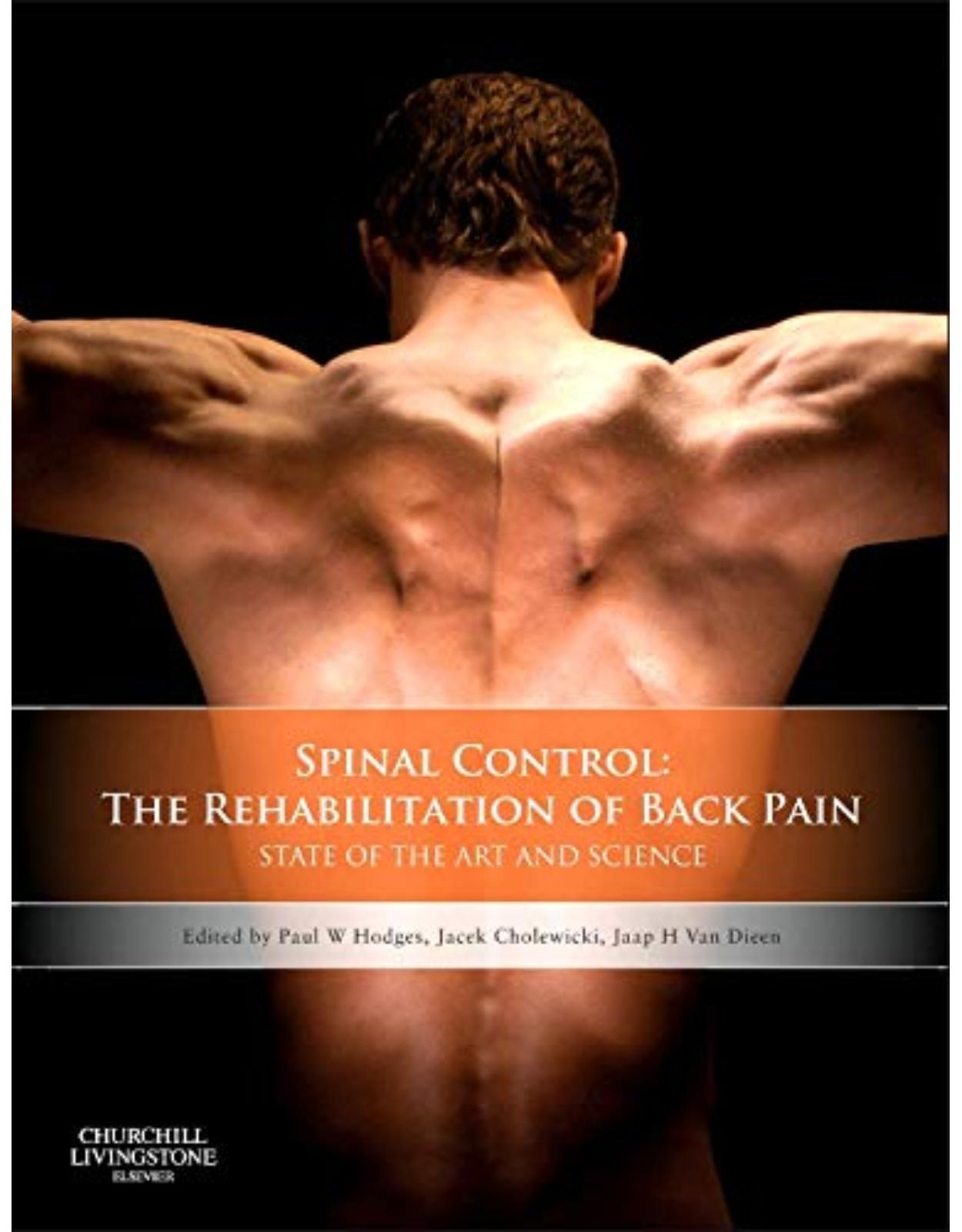
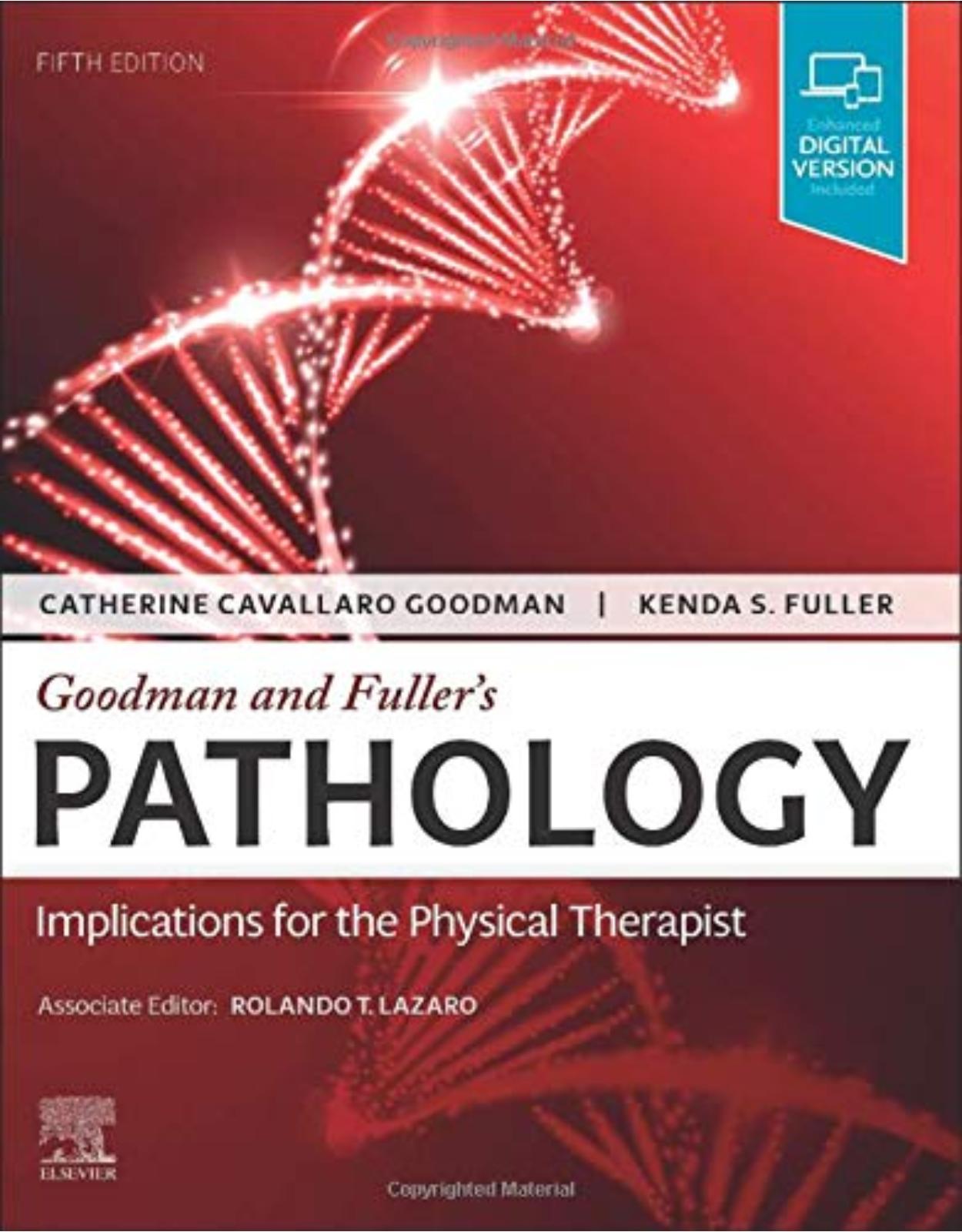

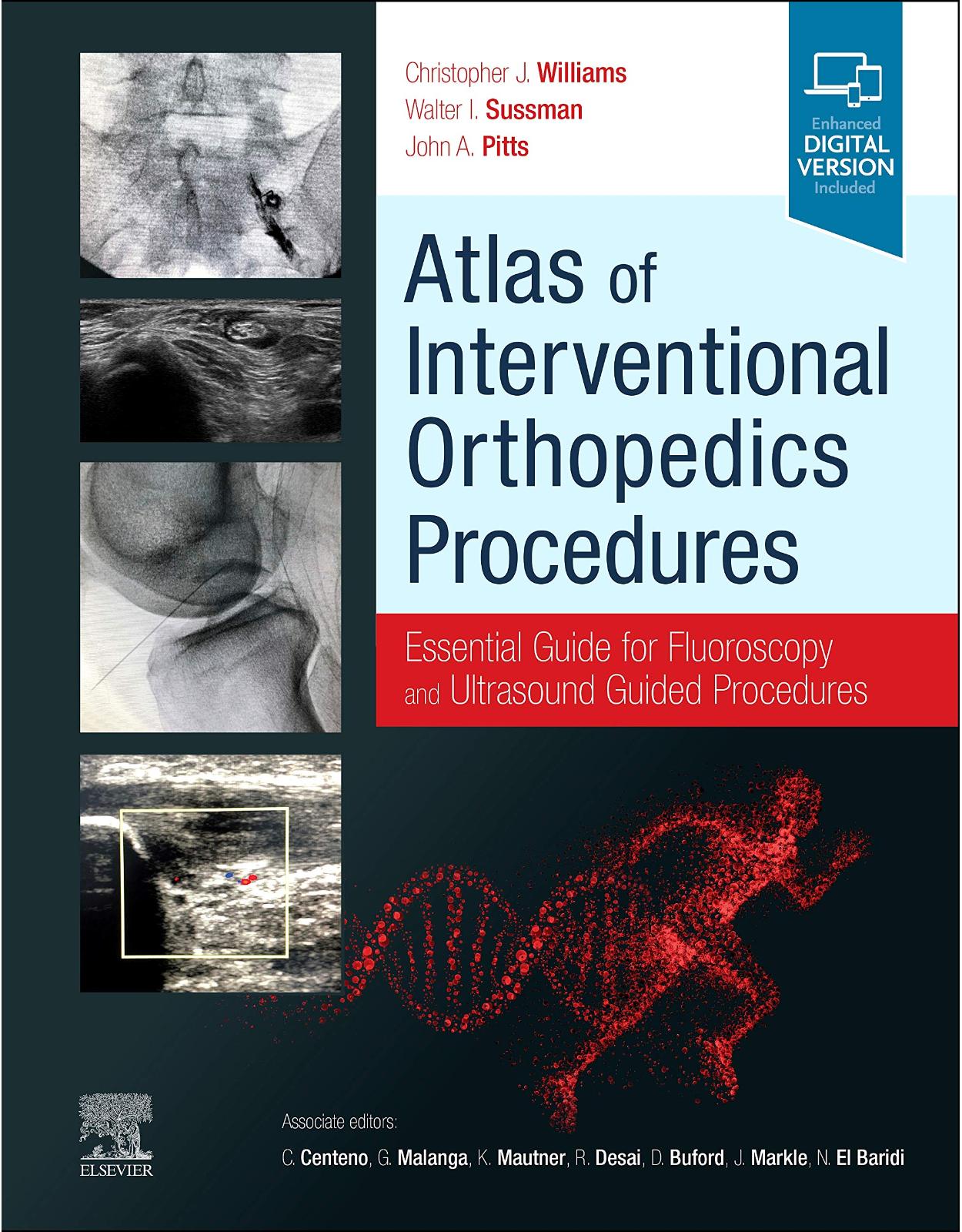
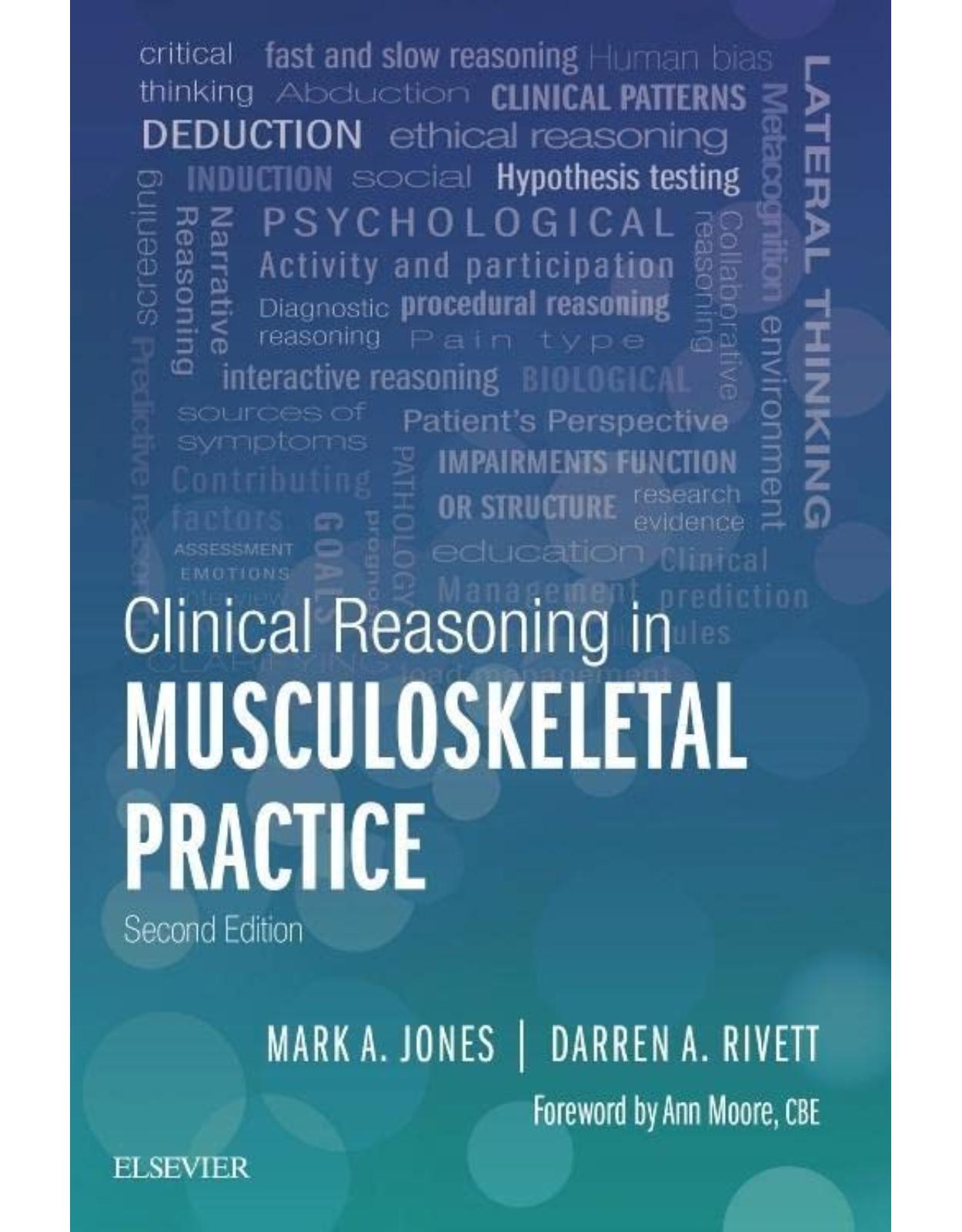
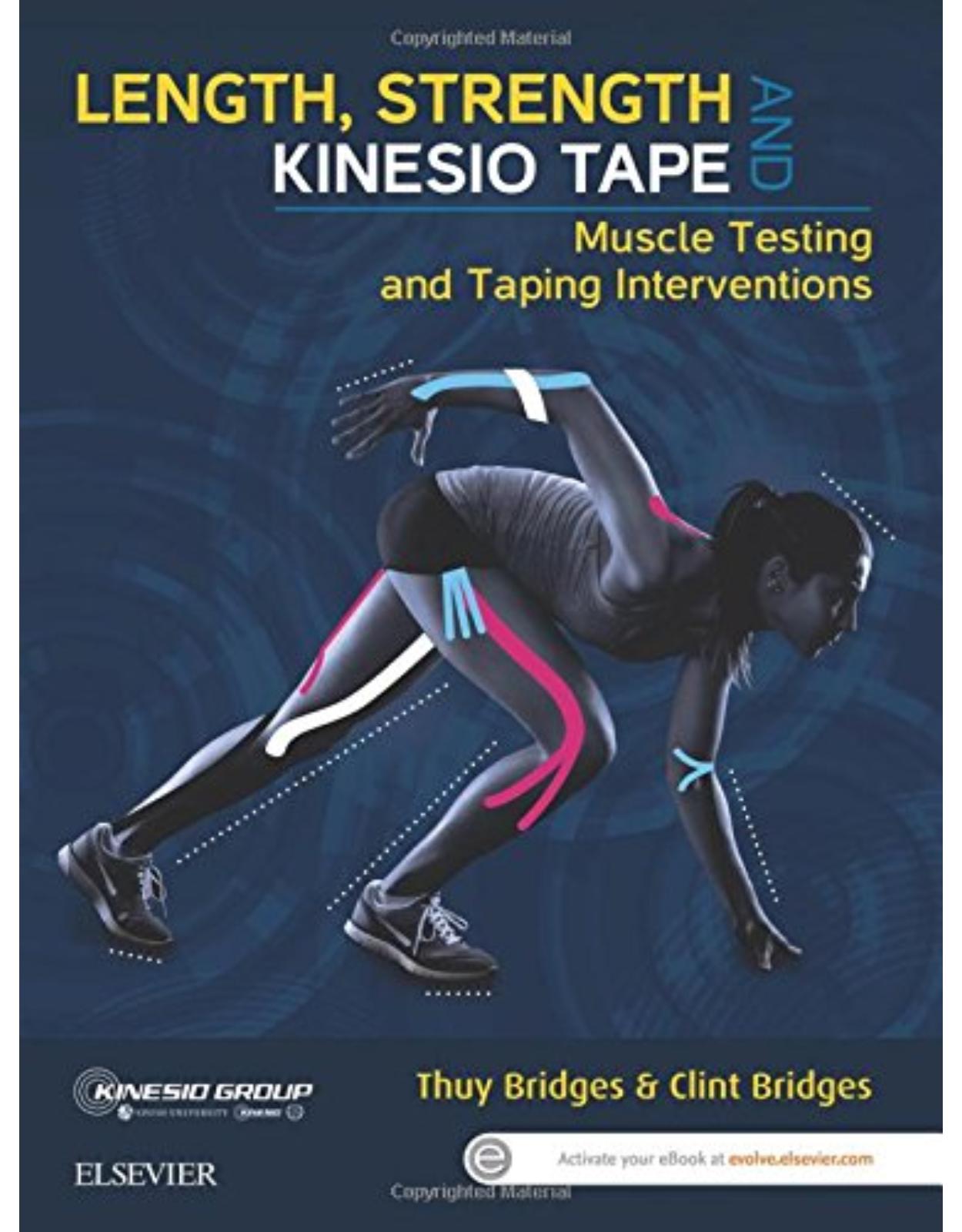
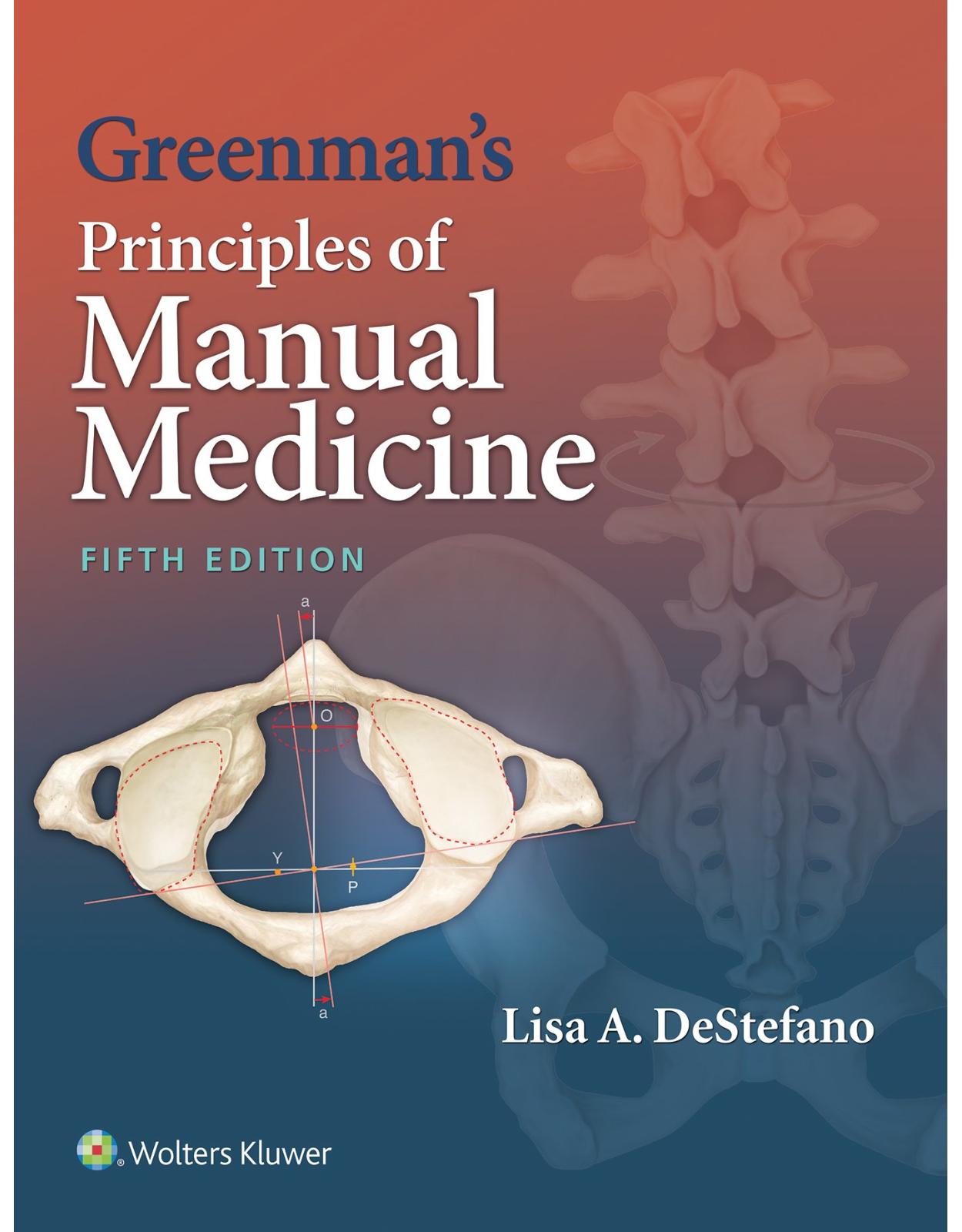
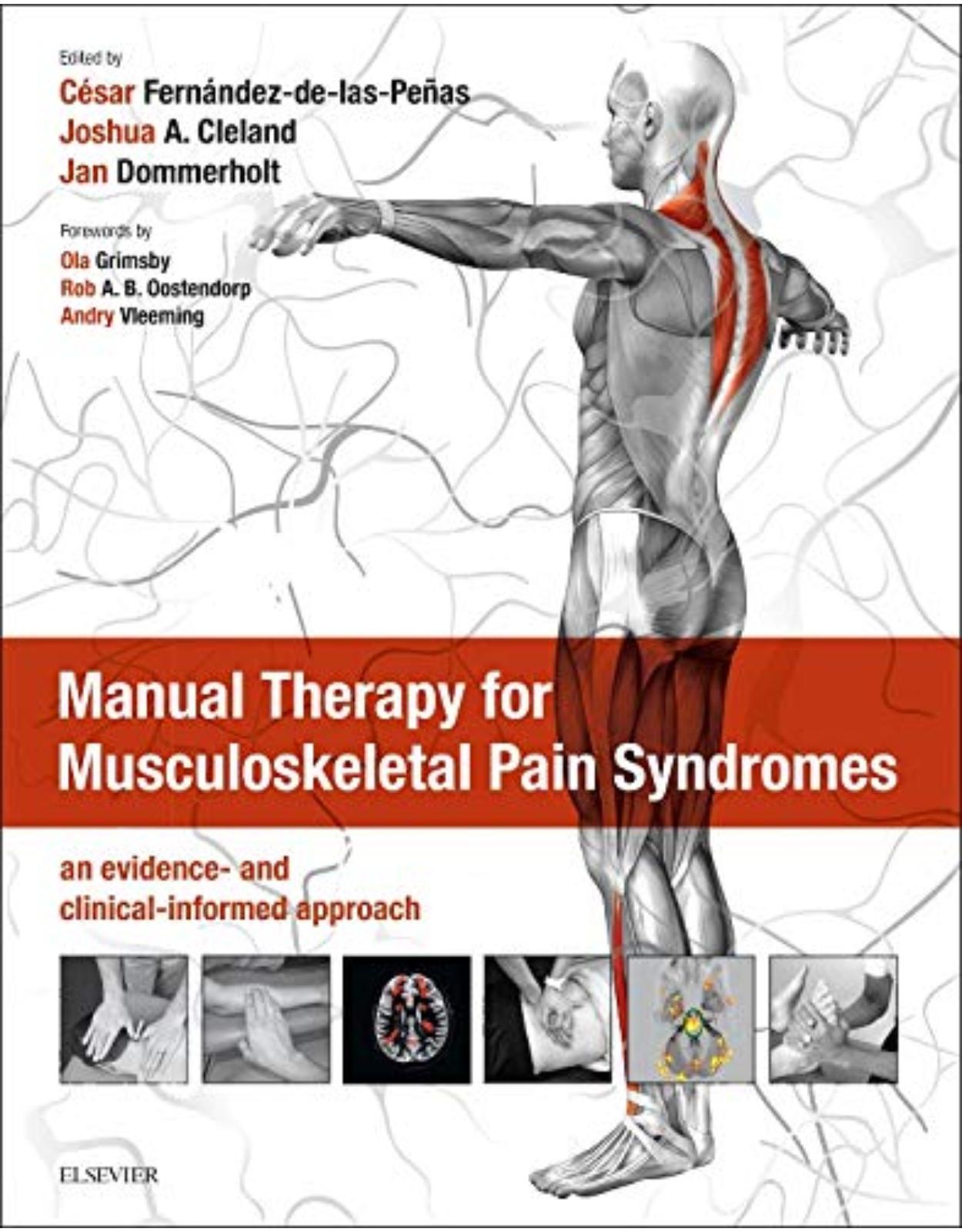
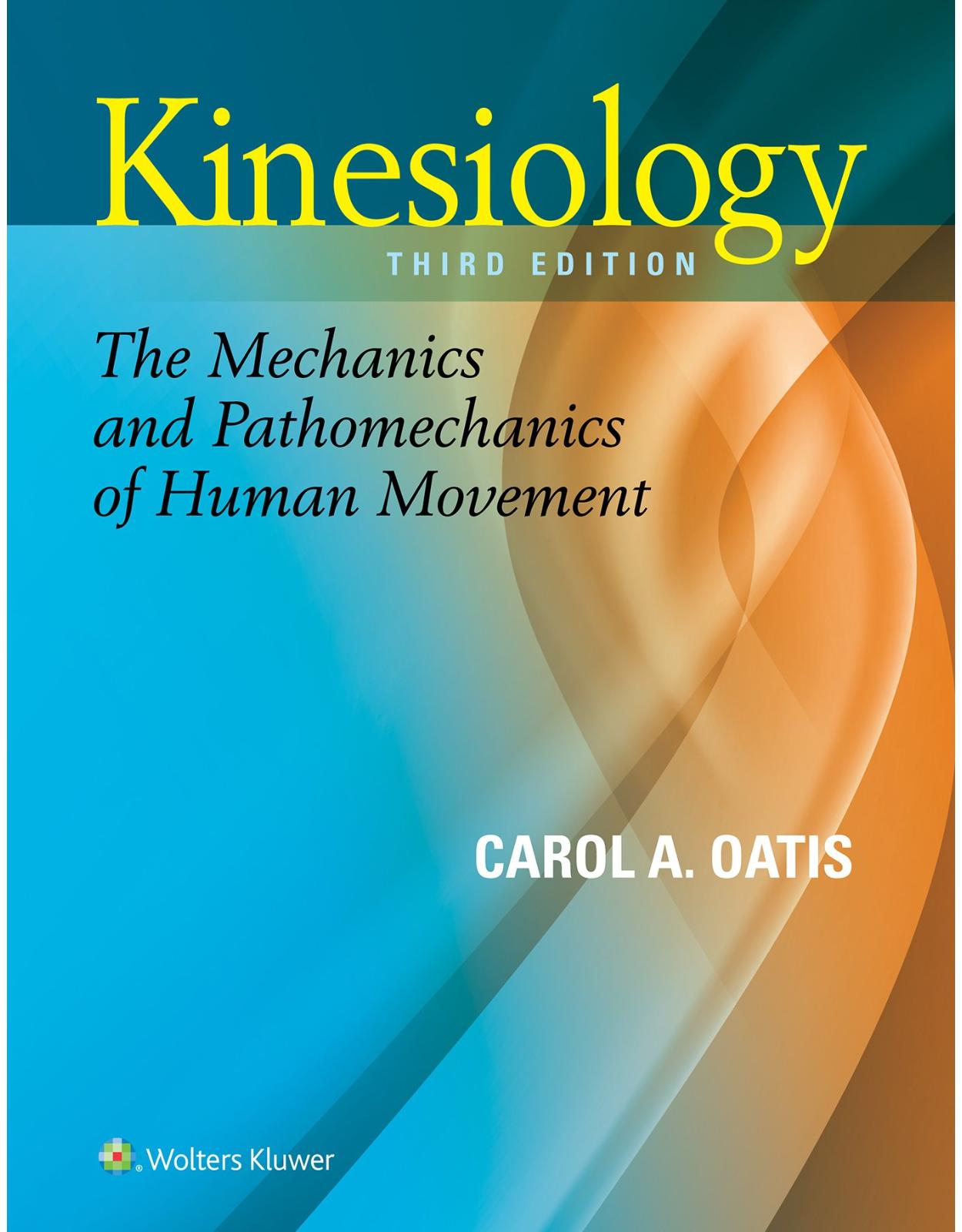
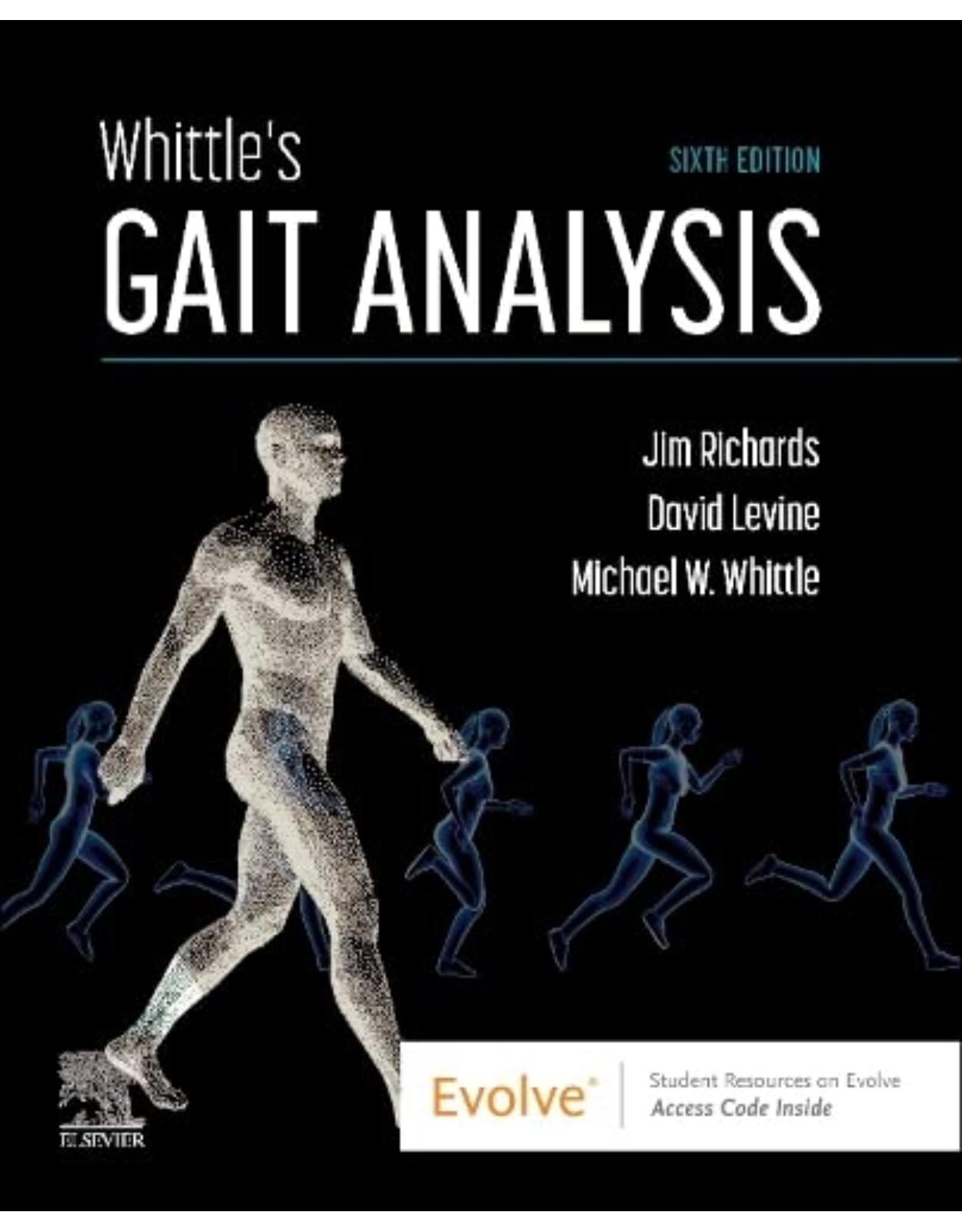
Clientii ebookshop.ro nu au adaugat inca opinii pentru acest produs. Fii primul care adauga o parere, folosind formularul de mai jos.